“but mostly he just made his hand signs, graceful and wide so the moon could see.”
– pg. 195
Reading about women within the 1500’s environment always stresses me out. Unfair, horror, tragic, desperate are the tones of the feminine narrative of this time period. While I believe in the importance of reading about women, even fictionally, placed during this time, it doesn’t make it easier. Jordan effectively creates a world of superstition, class disparity, and ignorance. Marnie, the protagonist, and the village mad man’s differences are used as whips and scalding iron that melts flesh and hope. Marnie and Raver suffer at the whims of good, Christian people. These Christian people have a limited understanding and an animalistic instinct for heiarchy that is appalling and horrendous– Jordan’s words bring these tragedies to life while cultivating hope and strength in a small, abandoned cottage by the sea where Marnie names her own reality and her friend, Raven.
This novel is ultimately a romance that grapples with disability, perspective, and forgiveness. While Christian people destroy the lives of Raven and Marnie, the outsiders, the Christian Priest heals and loves them; all of them. What are the differences between the villagers and the Priest that creates such differing behavior? What are the differences between the villagers and the outsiders that condemn the outsiders and unifies the villagers? And what are the differences between the outsiders and the Priest that connects and inspires them?



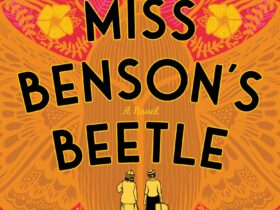
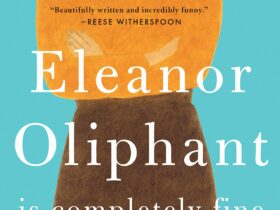
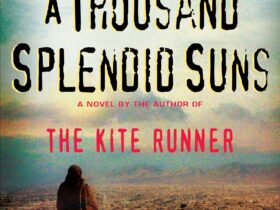
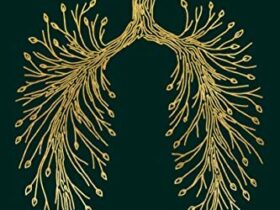

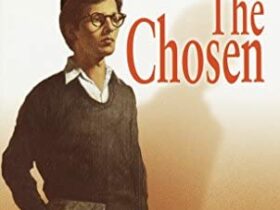
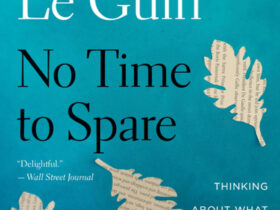

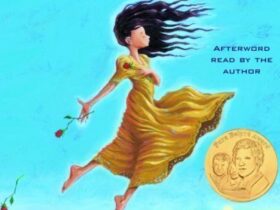
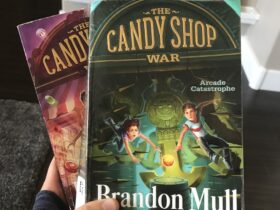
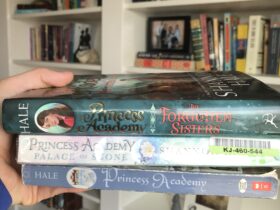
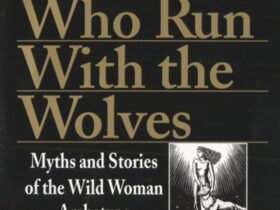





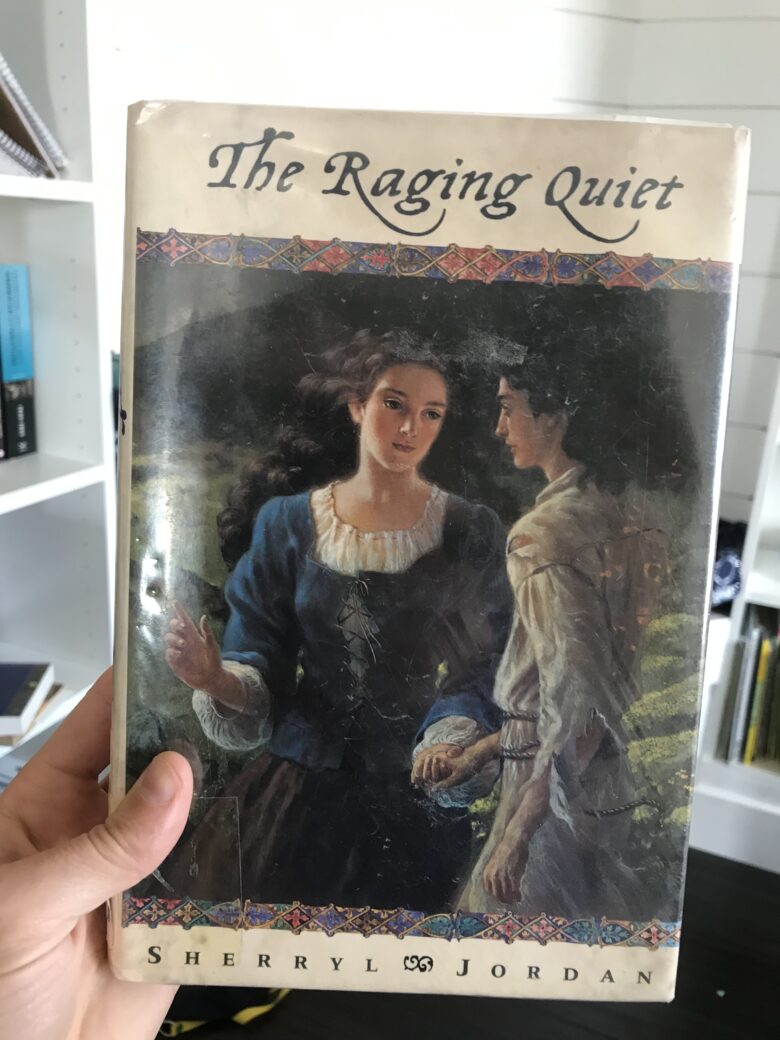



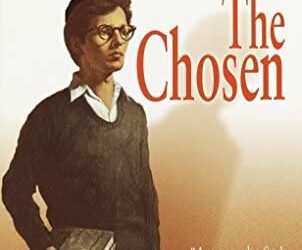
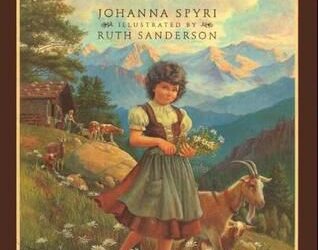
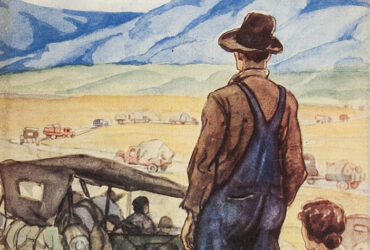

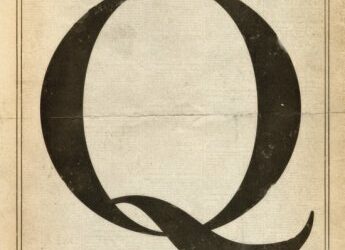

Leave a Reply